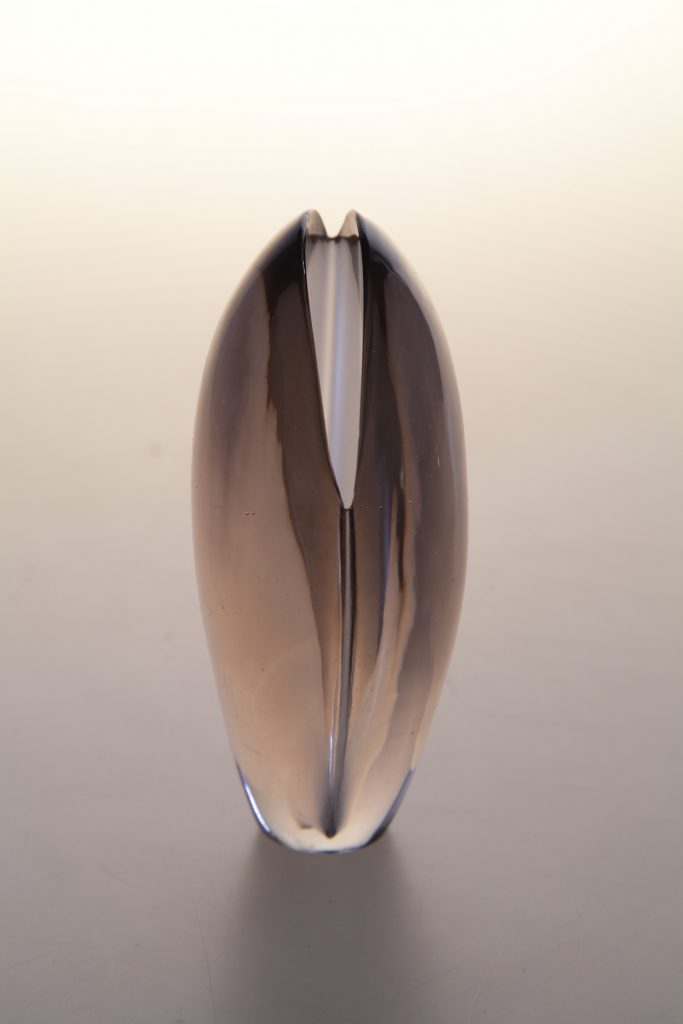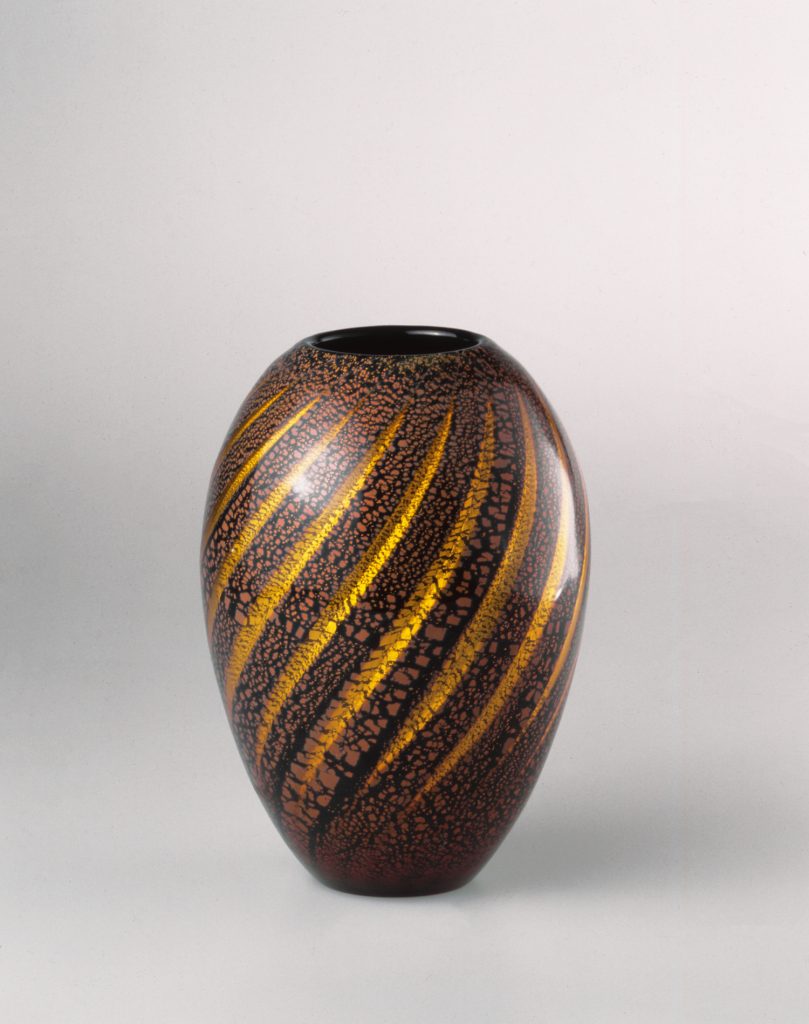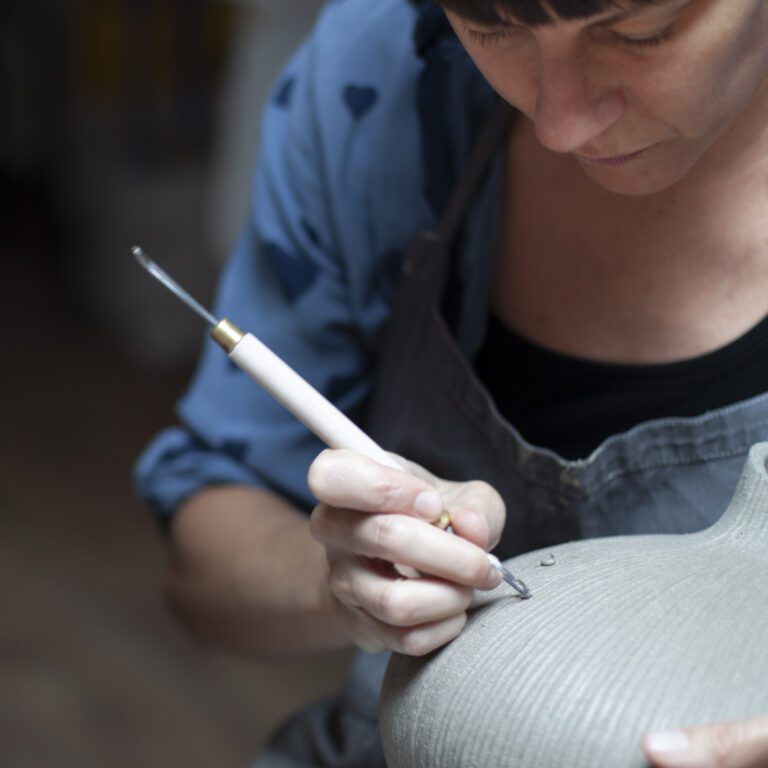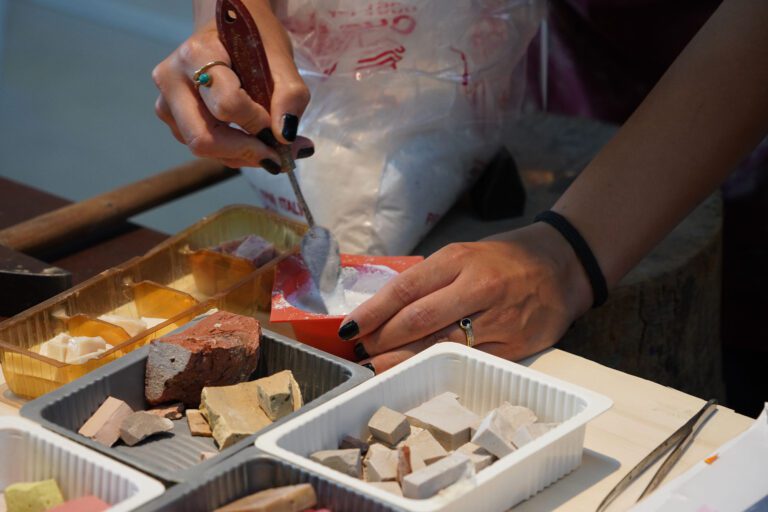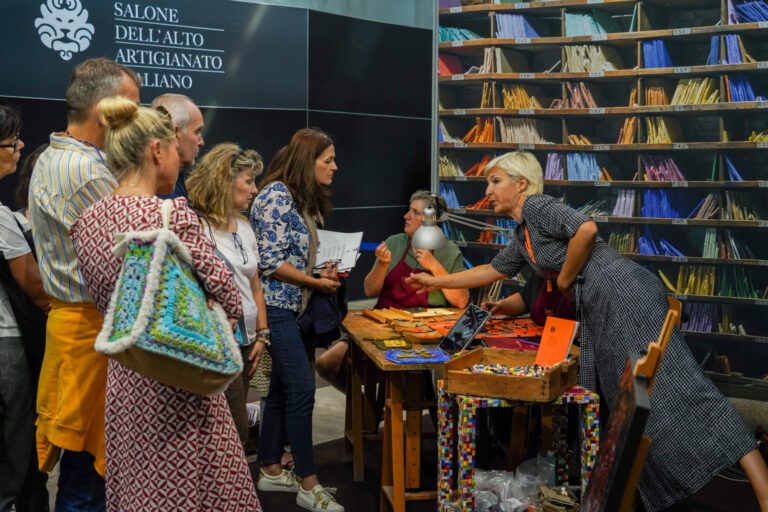
Special Projects
Fondazione Musei Civici di Venezia: I Mestieri Dell’Arte
The Civic Museums Foundation, in collaboration with the City of Venice, is showcasing a curated collection of works from various museum locations at the Tesa 99 in the Arsenal. The aim is to showcase the valuable craftsmanship that has always played a significant role in our daily lives and to preserve and transmit the unique and precious “know-how” that is essential for our cultural and social present, as well as for our future.
On display will be:
Lace, mosaics, and footwear are among the productions that are currently preserving these unique characteristics of executive schools. The glass works are from previous exhibitions of the Pavilion of Decorative Arts of the Venice Biennale, which was established in 1932. Additionally, fabric samples from the modern Textile Collection of the International Center of Arts and Costume (CIAC) are also included.
The heritage managed by the Civic Museums represents evidence of various forms of artisanal skill. It is a valuable historical and artistic memory that can be accessed through the collections exhibited in the museums.
Participation in the Salone dell’Alto Artigianato Italiano, promoted and organized by the City of Venice, represents an extraordinary opportunity to showcase the Decorative Arts, which have always been one of Italy’s main creative expressions. Since the late 19th century, these arts have played a central role in gathering scientific resources, with a focus on enhancing artistic abilities. Over time, the decorative arts have achieved excellence and recognition, thanks in part to the establishment of dedicated study programs that are on par with more traditional disciplines.
Therefore, the Salone dell’Alto Artigianato Italiano holds enormous relevance as it aims to share a prestigious heritage that continues to be an inexhaustible source of inspiration.
Fotogallery
Vaso in vetro policromo a foglia d’oro con effetti cromatici ottenuti con “speciali reazioni su metalli” A.V.E.M., disegno Giulio Radi, 1952
Valva in vetro sommerso grigio e ametista tenue. Base rifinita a mola. Seguso Vetri d’Arte, disegno Flavio Poli, esecuzione Angelo Seguso, 1954
Mazzo di perle di vetro a lume, forma a oliva, con decorazioni a pettine. Venezia, G.B. Franchini, prima metà del XIX secolo

